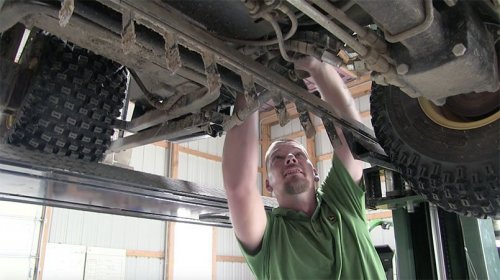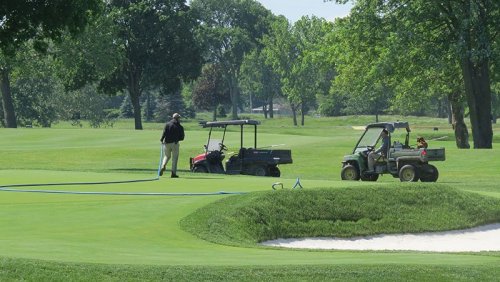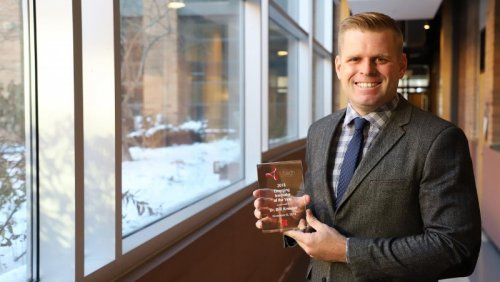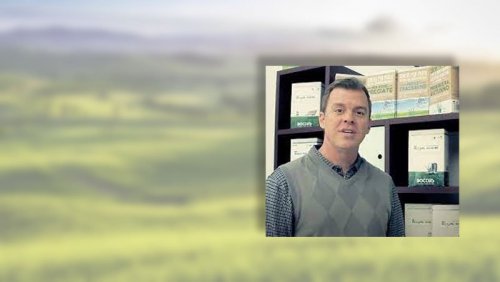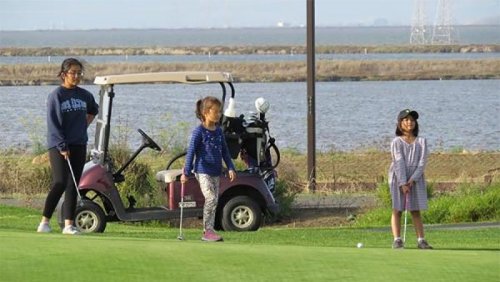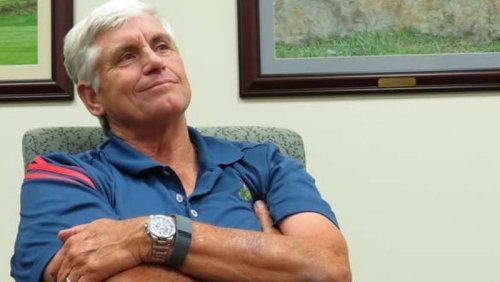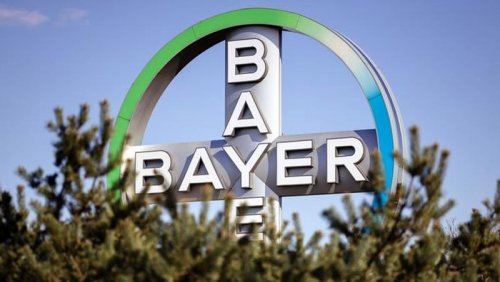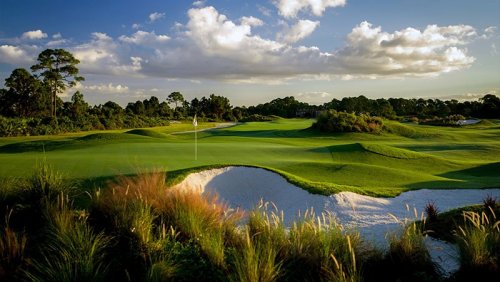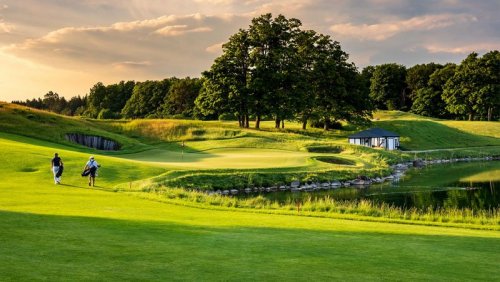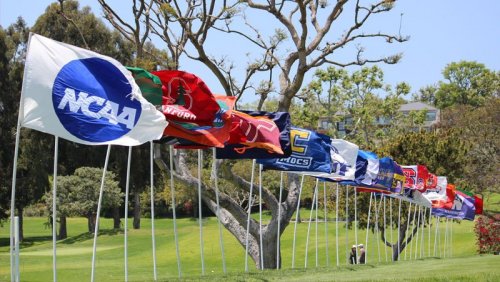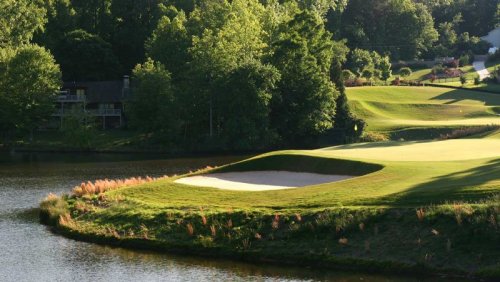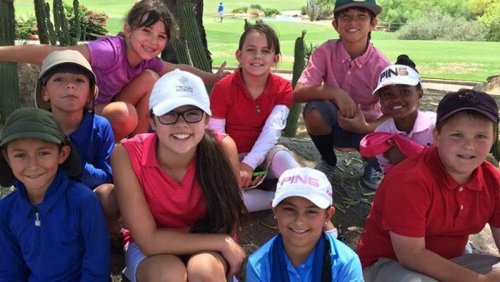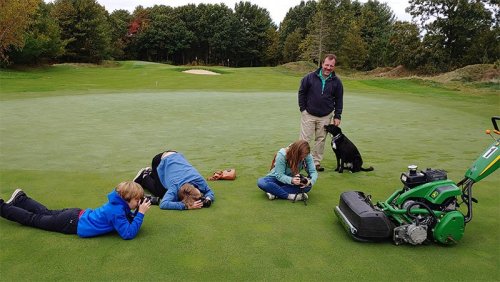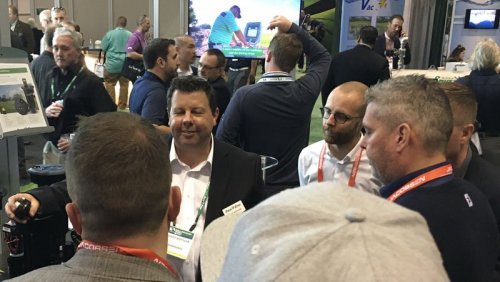
News and people briefs
By John Reitman, in News,
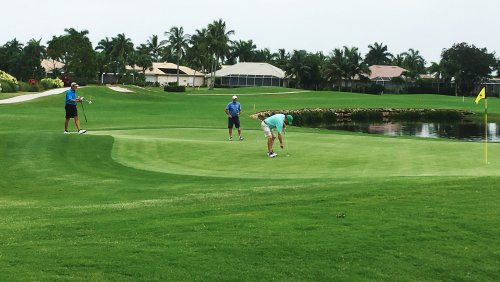
Densicor, a new fungicide from Bayer is now available for purchase.
With the active ingredient prothioconazole, Densicor provides control of many common turf diseases, including dollar spot, brown patch, anthracnose, gray leaf spot, snow mold and more.
It can be used on warm- and cool-season turf, and just one bottle treats six acres, allowing superintendents to cover more turf with less product.
Rain Bird names new manager for SE Asia
Rain Bird recently named Rob Weiks as area manager for its Southeast Asia golf team.
Weiks will be responsible for sales planning and business development in Indonesia, Malaysia, the Philippines, Singapore, Guam and Brunei. He will also establish and manage relationships with distributors, golf course owners, green committees and superintendents while promoting Rain Bird solutions for new golf course projects and renovations.
A native of Australia, Weiks has more than three decades of experience in the horticulture industry. He will be based in Singapore.
Turfco compact aerator now powered by Honda
The Turfco line of TurnAer XT5 compact aerators for small areas now come equipped with the Honda GXV160 engine.
The XT5 is powered by a 163cc, 4.3hp gas-powered GXV160, and a 1.5-gallon fuel tank allows for longer use between fills.
The XT5's hydrostatic controls are designed to make the unit more maneuverable and user-friendly. Operators can turn and reverse direction with the XT5 while keeping the tines in motion, thanks to the hydrostatic drive system coupled to Turfco's patented, steerable aerator technology. Turning with tines to the ground reduces operator fatigue and improves productivity.
The XT5's EasyChange tines reduce the amount of time required to change tines. Patent-pending tine wheels enhance steering and increase hill-holding stability. The XT5 also advances aerator durability with a low-profile design and rugged, unibody steel frame. Instead of belts, the XT5 uses drive chains that are covered and located outside of the frame for long-lasting, trouble-free operation.
Profile Products names new sales manager
Profile Products named J.R. Stewart as national sales manager for the eastern U.S. Stewart will manage and support the eastern team of regional sales and market development managers.
Stewart has more than 15 years of experience in the industry, most recently as a national sales manager for Filtrexx International.
Stewart earned a bachelor's degree in business administration from the University of North Carolina at Charlotte.
- Read more...
- 1,420 views

